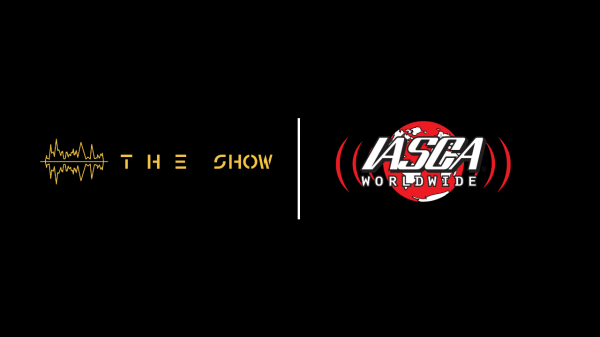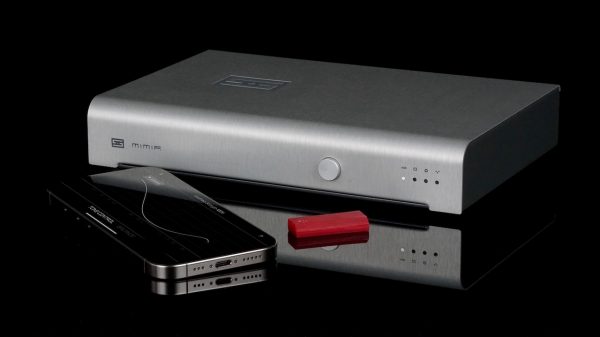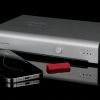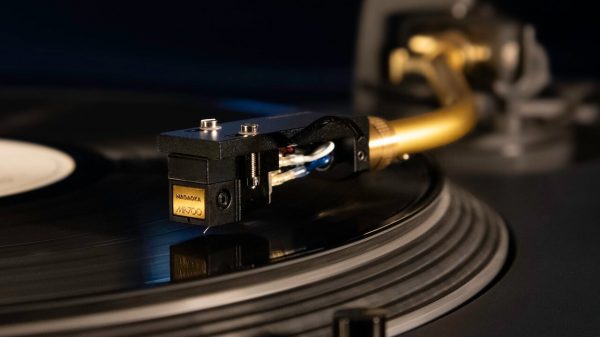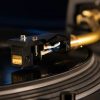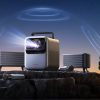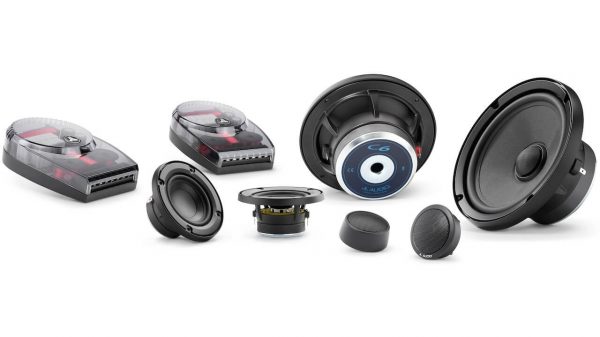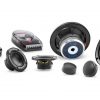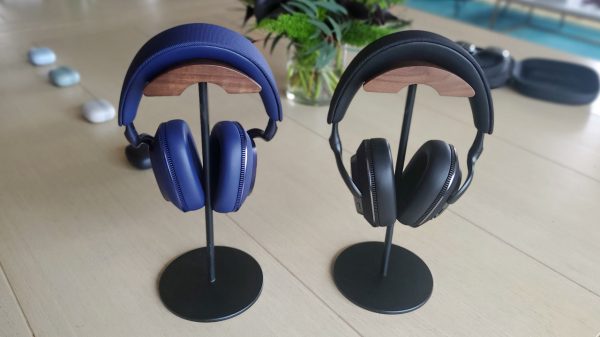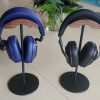It’s been many years since defragmentation was found to be necessary to maximize system performance. Fragmentation meant that files had to be retrieved in pieces–more and more as time went on–and the performance degradation was definitely noticeable. Defragmentation was quickly seen as the restoration of this lost performance, and it became vital system management activity.
It was only a short time until scheduled defragmentation was invented. It seemed like a good idea at the time, and indeed it was a major advance. Manual defragmentation of disks, having to take place with live personnel when users weren’t on the system (meaning nights and weekends) could now be replaced with defragmentation runs scheduled to occur at these same times–without the presence of the system administrator or other IT staff.
At the time scheduled defragmentation was invented, average disk and file sizes were much smaller than they are today. In an average enterprise, most files were either text files or database files with textual records. Additionally, most enterprises shut down at the end of the day, which meant that routine system maintenance such as defragmentation could be scheduled to run off hours. Scheduled defragmentation worked well at the time to restore performance by running periodically, and fragmentation would not build back up to levels which would seriously impact system speed.
But between that time and now, many things have happened. Disk capacity has become much larger, and thanks to video, sound and graphics, so have file sizes. Disk activity has markedly increased as well, and the combination of these elements means that an enormous amount of data in large files is constantly being emailed, downloaded, deleted, and restored. Between scheduled runs fragmentation is occurring like never before–and is indeed impacting performance before the next scheduled run.
And lastly, due to the impact of the internet on business, many computers no longer shut down at the end of the day, but remain running with users accessing them. Scheduled defragmentation impacts performance for these users as it is running.
Clearly, scheduled defragmentation has seen its day and has become outmoded. Today’s computing environment requires an “on the fly” solution which operates completely automatically, in the background, utilizing idle system resources whenever they are available.

